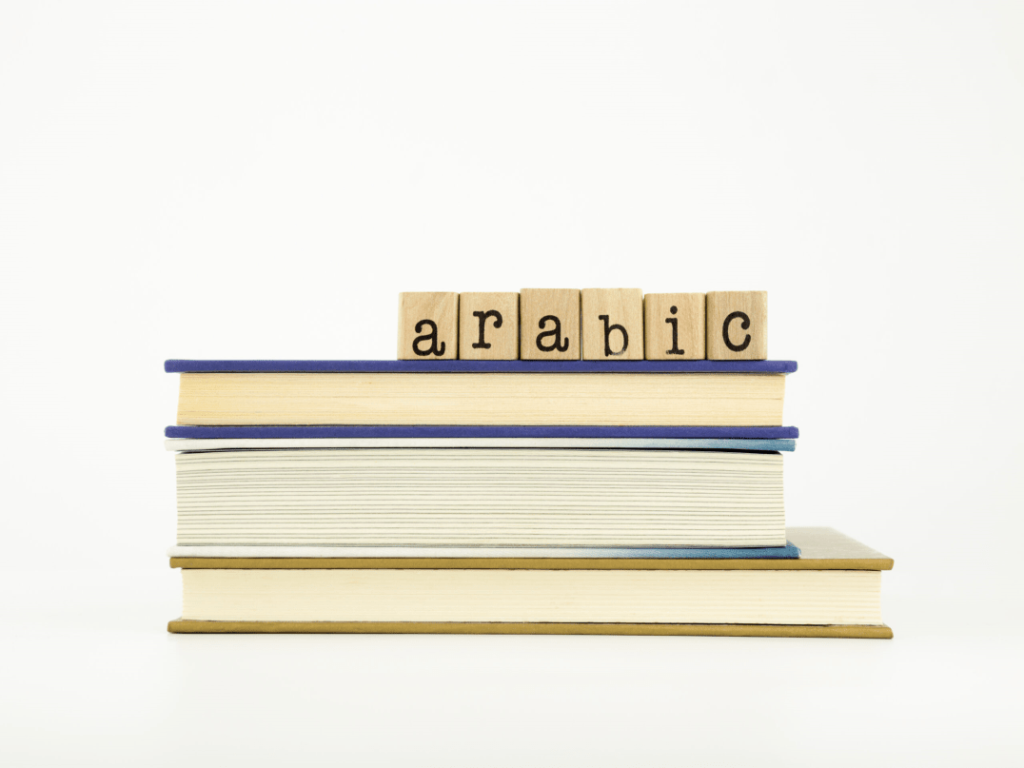If you’re learning Arabic, you’re embarking on a rich cultural journey. Arabic isn’t a single, rigid language; it’s a vibrant collection of dialects that reflect the lives and stories of over 400 million people. While Modern Standard Arabic (MSA) serves as the formal and foundational language, the spoken dialects are your key to truly connecting with locals.
This article is your guide to understanding all Arabic dialects, and it will answer the question on many learners’ minds: what is the hardest Arabic dialect to learn?
What is the hardest Arabic dialect to learn?
When it comes to the hardest Arabic dialect to learn, most experts and learners agree that Maghrebi Arabic is the most challenging. Its difficulty stems from its significant differences from Modern Standard Arabic and other major dialects, making it stand apart in a number of key areas. For a learner, this means navigating a completely different set of vocabulary, grammar, and pronunciation rules compared to what is found in other regions.
Why Do Dialects Exist?
You might wonder why the language is so diverse. The formation of Arabic dialects can be attributed to historical and geographical factors. After the spread of Islam, MSA evolved differently in each region due to geographical isolation, influence from local languages (like Berber in North Africa), trade, and more recently, media.
The Main Arabic Dialect Groups
Each dialect group has unique characteristics that define it and reflect the culture of the region where it’s spoken.
The Levantine Dialect Group
- Countries: Syria, Lebanon, Jordan, and Palestine.
- What makes it unique: This is one of the easiest dialects to understand due to its widespread use in TV dramas and music. It has a clear and smooth pronunciation that is accessible for learners.
The Egyptian Dialect Group
- Country: Egypt.
- What makes it unique: Egyptian cinema and television have made this the most widely understood and spread dialect in the entire Arab world.
The Gulf Dialect Group
- Countries: Saudi Arabia, Kuwait, Qatar, UAE, Bahrain, and Oman.
- What makes it unique: It is rich in vocabulary influenced by Bedouin culture and has a distinct pronunciation for certain letters. For example, the letter “ج” (jeem) is often pronounced like a “g” in some sub-dialects.
The Maghrebi Dialect Group
- Countries: Morocco, Algeria, and Tunisia.
- What makes it unique: Most experts and learners consider it the hardest Arabic dialect due to its strong influence from foreign languages (French and Spanish), a fast speaking pace, and a unique vocabulary.
The Mesopotamian Dialect Group
- Country: Iraq.
- What makes it unique: This dialect has its own distinct vocabulary, and speakers have influenced it with the ancient Aramaic language. Some also consider it one of the more challenging dialects.
The Hardest Arabic Dialect to Learn: A Deeper Look
If your question is, “What is the hardest Arabic dialect to learn?”, the answer almost universally points to the Maghrebi dialect. But why?
- Borrowed Words: It borrows a significant number of words from French and Spanish. For example, a window is called “شْرْجَم” (cherjem) and a bus is a “كَاْر” (car).
- Fast Pronunciation: Many Arabs find it difficult to understand due to its fast pace.
- Distinct Vocabulary: Many common words bear no resemblance to those in other Arabic dialects.
Arabic Dialect Comparison Table
To show the differences more clearly, here is a comparison of some basic words and phrases in several key dialects.
| Phrase/Word | Modern Standard Arabic | Egyptian Dialect | Levantine Dialect | Maghrebi Dialect |
|---|---|---|---|---|
| How are you? | Kayfa ḥālak? | Izayyik? | Kiifak? / Shlonak? | Ki dayr? |
| I want | Urīd | Ayiz / Ayza | Biddi | Bghīt |
| What is this? | Mā hādhā? | Eih da? | Shu had? | Shnu hada? |
| Now | Al-ān | Dilwa’ti | Halla’ / Halla’ | Daba |
The Easiest Dialects for Learners
In contrast, some dialects are easier for new learners because of their widespread availability in media.
- Egyptian Dialect: People consider it the easiest and most widespread in the Arab world.
- Levantine Dialect: People also widely understand it in the Levant, and its clear pronunciation makes it relatively easy.
Pro Tips for Learning Your Chosen Dialect
Here are some strategies used by successful language learners.
- Choose Your Target
Your first step is to define your goal. Do you want to travel or work in a specific country? Start by learning its dialect.
- Leverage Entertainment
Watch Egyptian or Syrian TV series and listen to Arabic music. This will help your ears get used to the sounds and rhythm of the language.
- Practice with Native Speakers
Use language exchange apps to connect and speak with people from all over the world.
- Use Technology Smartly
There are many excellent apps and websites designed to help you with language learning. These tools are perfect for building vocabulary, drilling grammar, and understanding the language through various media.
Conclusion
Ultimately, the choice of which dialect to learn is a personal one. While some dialects may be harder than others, each one offers a unique and rewarding journey into the heart of Arab culture. By starting with a clear goal and using the right resources, you can confidently navigate the rich world of Arabic dialects and connect with people in a more meaningful way.
If you wish to learn more about the Arabic language, download our Arabic learning app.



